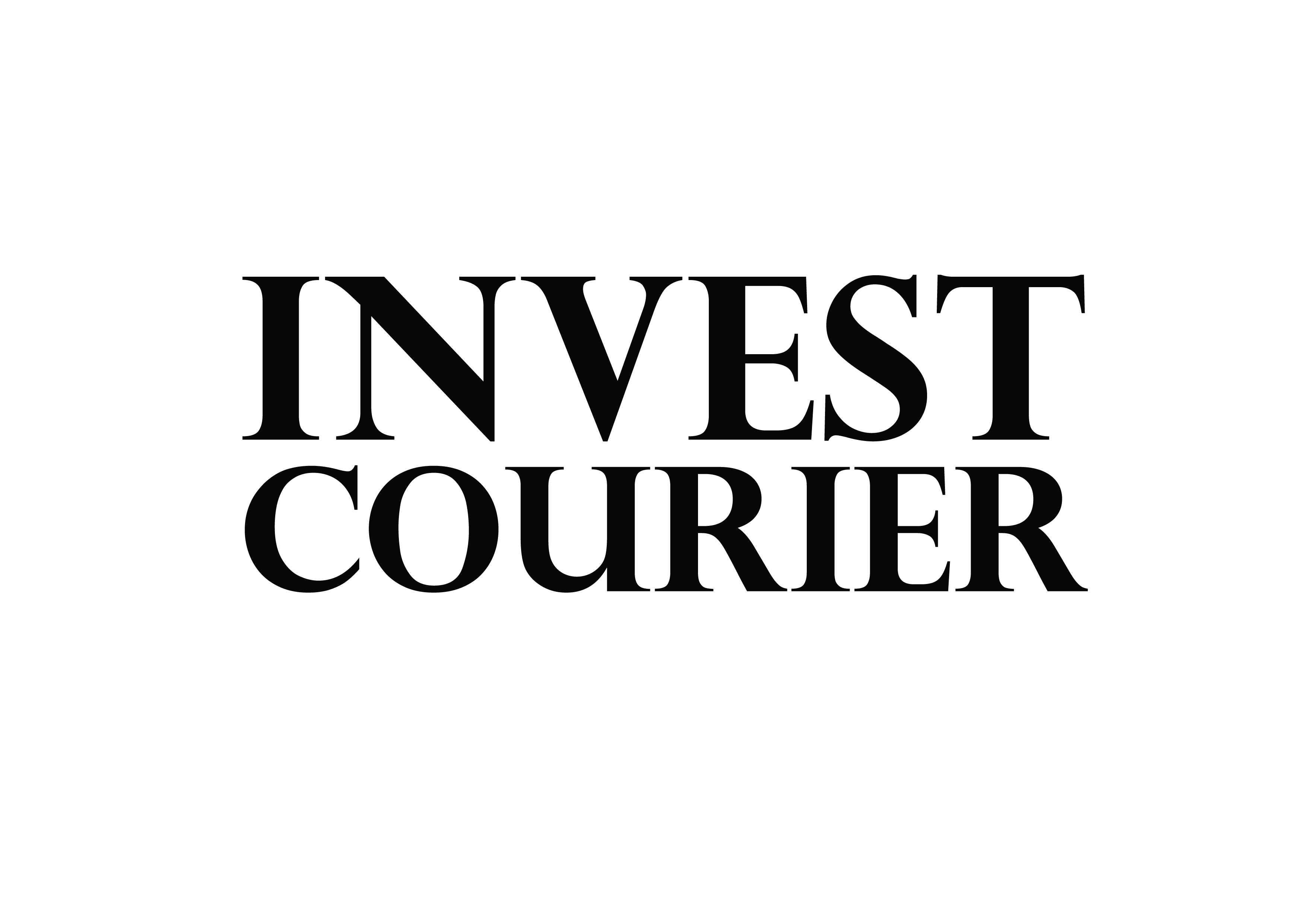Many believe entrepreneurship is the only path to financial success. Yet, steady employment can be just as powerful when approached strategically. Over 40% of Americans boost their income through side gigs, proving multiple streams matter.
You don’t need to quit your day job to grow your net worth. Smart budgeting, side hustles, and passive income ideas can accelerate your progress. The key? Intentional action, not luck.
This guide focuses on practical steps—not theory. Whether it’s investing wisely or climbing the corporate ladder, small changes create big results. Ready to transform your paycheck into lasting security?
Key Takeaways
- Traditional jobs can fuel financial independence with the right strategies.
- Diversifying income sources increases stability and growth potential.
- Budgeting and investing turn ordinary earnings into long-term assets.
- Career advancement boosts earning power without extra side work.
- Actionable plans outperform vague financial goals.
Why Building Wealth with a 9-to-5 Job Is Possible
Corporate careers often get dismissed as wealth-building dead-ends—but data proves otherwise. Over 40% of Americans supplement their income through side gigs, showing that your day job isn’t a ceiling. It’s a foundation.
Myths about salary limitations ignore powerful tools like employer-matched retirement accounts. If your company offers a 401(k) match, you’re leaving free money on the table by not contributing. Even small, consistent investments grow exponentially over time.
Consider this: A $500 monthly investment at 7% return becomes $580,000 in 30 years. That’s the magic of compound growth—your way to turn steady work into long-term security.
Dual-income strategies amplify results. A marketing manager earning $75,000/year could add $20,000 annually through freelance consulting. Combined with smart investing, that’s wealth acceleration without quitting your desk.
The key? Leverage every resource. Maximize retirement matches, automate investments, and align side hustles with skills. Your paycheck isn’t just for bills—it’s the engine of your financial future.
Master Your Budget and Savings
Financial freedom starts with controlling where your money goes each month. A structured plan turns your paycheck into a wealth-building machine. Follow the 50/30/20 rule: 50% for needs, 30% for wants, and 20% for savings and debt.
Track Your Spending
Apps like Mint or YNAB reveal patterns in your spending. Spotting $100/month on unused subscriptions? Cancel them and redirect that cash. Knowledge is power—especially with your finances.
Automate Savings
Set up automatic transfers to a separate account every payday. Dollar-cost averaging works here too: $200/month into an ETF grows steadily. Out of sight, out of mind—until it’s a six-figure balance.
Build an Emergency Fund
Aim for 3–6 months’ expenses in liquid savings. Compare high-yield savings accounts (HYSA) and CDs. HYSAs offer flexibility; CDs lock in rates for higher returns. Choose based on your timeline.
“Golden rule: plan, save, invest.”
Start small. Even $50/month adds up. Your future self will thank you.
How to Build Wealth with a 9-to-5 Job Through Side Hustles
Your day job doesn’t have to limit your earning potential—side hustles unlock hidden opportunities. Over 45% of Americans now earn extra income outside their primary work, proving flexibility beats financial constraints.
Identify Profitable Side Hustles
Start by matching gigs to your skills. Top 2023 performers include:
- Freelance writing ($50–$150/hour)
- Affiliate marketing (up to 20% commissions)
- Ebook publishing (like the $3k/month case study)
Tools like Upwork or Fiverr help monetize expertise fast. Transition to retainers for stable income streams.
Balance Your Time Effectively
Time-blocking prevents burnout. Dedicate 5–10 hours weekly—no more than 15—to avoid draining your energy. Example schedule:
- Weekday mornings: 1 hour for client work
- Saturdays: 3 hours for content creation
“Invest time wisely; hustle smart, not hard.”
Scale Your Side Income
Turn gigs into a business. An ebook side project can evolve into courses or coaching. Reinvest profits into automation or ads to grow hands-free.
Remember: Consistency beats intensity. Small, steady efforts compound into life-changing results.
Invest Smartly for Long-Term Growth
Smart investing turns your steady income into lasting financial security. The right strategies amplify your earnings, whether through retirement accounts or the stock market. Time is your greatest ally—start early, and compounding does the heavy lifting.

Start with Retirement Accounts
Maximize tax-advantaged tools like 401(k)s and IRAs. A Traditional IRA reduces taxable income now, while a Roth IRA offers tax-free withdrawals later. If your employer matches 401(k) contributions, prioritize hitting that match—it’s free money.
Example: Investing $500/month at 7% return grows to $290,000 in 20 years. Consistency beats timing the market.
Explore Dividend Stocks and ETFs
Dividend-paying assets provide passive income. Vanguard’s VYM ETF yields ~3% annually—ideal for reinvestment. Diversify your portfolio with blue-chip stocks like Coca-Cola or Procter & Gamble for stability.
Consider Real Estate Investments
House hacking (using an FHA loan to rent out spare rooms) can cover your mortgage. Physical properties offer control, but REITs provide liquidity. Weigh pros: rentals build equity, while REITs avoid maintenance hassles.
“Real estate isn’t about quick flips; it’s a marathon, not a sprint.”
Avoid over-leveraging. Focus on cash-flow-positive properties to weather market dips.
Create Passive Income Streams
Passive income turns your existing assets into continuous cash flow without daily effort. Unlike trading time for money, these strategies let your money work for you—whether through rentals, digital goods, or interest-bearing accounts.
Rental Properties
Real estate offers two paths: short-term rentals (Airbnb) or long-term leases. Airbnb can yield 20–30% higher returns but demands active management. Traditional rentals provide stability—think $1,500/month for a $200k property.
Pro tip: House hacking (renting spare rooms) offsets mortgage costs. Use FHA loans to buy multi-unit properties with 3.5% down.
Digital Products and Online Courses
Scalable and low-cost, digital products like Canva templates sell for $47–$297. Evergreen items (e.g., budgeting spreadsheets) outperform trend-based ones. Print-on-demand merch requires zero inventory—just upload designs to platforms like Teespring.
“Digital products are the ultimate leverage—create once, sell forever.”
High-Yield Savings and CDs
Park idle cash in high-yield savings accounts (CIT Bank offers 4.5% APY) or CDs for fixed terms. Ally Bank’s 5-year CD locks in rates at 4.25%. Ladder CDs—split funds across terms (1–5 years)—to balance liquidity and returns.
Example: $10k in a 3-year CD at 4% earns $1,200 with no extra effort.
Advance Your Career for Higher Earnings
Your current role can become a launchpad for higher income with the right career moves. Strategic steps—like negotiating raises, earning certifications, and networking—turn your daily work into a wealth-building engine.

Negotiate Your Salary Confidently
Most professionals leave money on the table by avoiding salary talks. Use this script template to start the conversation:
- “Based on my [specific achievements], I’d like to discuss adjusting my compensation to reflect this value.”
- Highlight metrics: “I increased team productivity by 20%, saving $50K annually.”
Research benchmarks on Glassdoor first. A 5-minute negotiation can net you $10K+ extra yearly.
Upskill with Certifications
Top certifications by industry boost earning potential:
- PMP (Project Management): 20% salary bump average.
- AWS Certified Solutions Architect: $130K+ median salary.
- CFA (Finance): 15% higher bonuses.
“A $5K course that increases earnings by 20% pays for itself in months.”
Leverage Networking Opportunities
Your next opportunity often comes from connections. Try this “coffee chat” formula:
- LinkedIn message: “I admire your work on [specific project]. Could I ask for 15 minutes of advice?”
- Follow up with a thank-you note and a resource.
Internal promotions vs. job-hopping? Both work—but loyalty with skills growth often yields faster raises.
Manage Debt to Free Up Wealth-Building Capital
Debt can slow your financial progress if left unchecked. Tackling it strategically frees up cash for investments and savings. The key? Focus on high-interest balances first while maintaining smart repayment habits.
Crush High-Interest Debt Fast
Credit cards charging 22% APR cost more than most investments earn. Compare:
- Paying $300/month on a $5k balance: 24 months to clear, $1,200+ in interest
- Investing $300/month at 7% return: $7,700 in 24 months
Two proven payoff methods:
- Avalanche method: Target highest-rate debt first (saves most money)
- Snowball method: Pay smallest balances first (builds momentum)
“Clearing a 22% debt gives you a guaranteed 22% return—better than any stock.”
Refinance Student Loans Wisely
Federal student loans average 5-7% interest. Refinancing to 3-4% with private lenders can save thousands. Real case study:
- $50k loan at 6.8% over 10 years: $575/month, $19k total interest
- Refinanced to 3.5%: $494/month, $9k interest ($10k saved)
Consider these moves:
- Check Credible or SoFi for rate comparisons
- Keep federal loan protections if job stability is uncertain
- Aim for terms under 5% APR to maximize savings
Your debt-to-income ratio (DTI) matters too. Lenders prefer under 36%. Calculate yours:
- Add all monthly debt payments
- Divide by gross monthly income
- Multiply by 100 for percentage
Avoid these traps:
- 401(k) loans (tax penalties and lost growth)
- New credit cards while paying others off
- Minimum payments that barely cover interest
Conclusion: Your Path to Financial Independence Starts Now
Financial independence isn’t a distant dream—it’s a series of intentional steps. Your 12-month plan begins today: automate savings, invest consistently, and scale side income. Every dollar saved or earned is a brick in your future.
Open a high-yield savings account this week. Even $50/month grows faster than you think. Waiting for the “perfect” time costs you compound growth.
Need a roadmap? Book a Financial Fitness Coaching session to tailor strategies to your goals. Procrastination is the only real barrier.
Your corporate job isn’t a cage—it’s leverage. Start now, and watch small choices become life-changing results.
FAQ
Can you really grow wealth while working a 9-to-5 job?
Absolutely! With smart budgeting, disciplined saving, and strategic investing, you can steadily increase your net worth over time—even with a regular paycheck.
What’s the fastest way to save more money each month?
Automate transfers to a high-yield savings account right after payday. This ensures you prioritize saving before spending temptations arise.
Are side hustles worth the effort?
Yes! Side gigs like freelancing, selling digital products, or renting assets can boost income without quitting your day job. Start small and scale gradually.
How much should I invest from my salary?
Aim for at least 15–20% of your income. Focus first on maxing out retirement accounts like a 401(k) or IRA, then diversify into stocks, ETFs, or real estate.
What’s the best passive income stream for beginners?
High-yield savings accounts or CDs offer low-risk returns. For higher potential, try dividend stocks or creating an online course with evergreen content.
How do I negotiate a higher salary at my current job?
Research market rates for your role, highlight your achievements, and practice confident communication. Timing matters—ask during performance reviews.
Should I pay off debt or invest first?
Tackle high-interest debt (like credit cards) aggressively. For lower rates (e.g., student loans), balance repayments with investing to grow wealth simultaneously.


